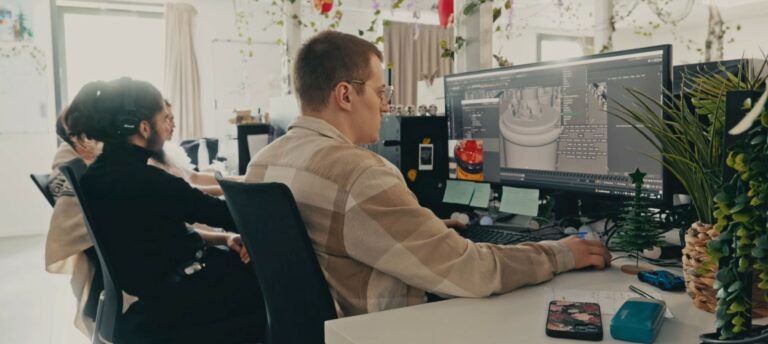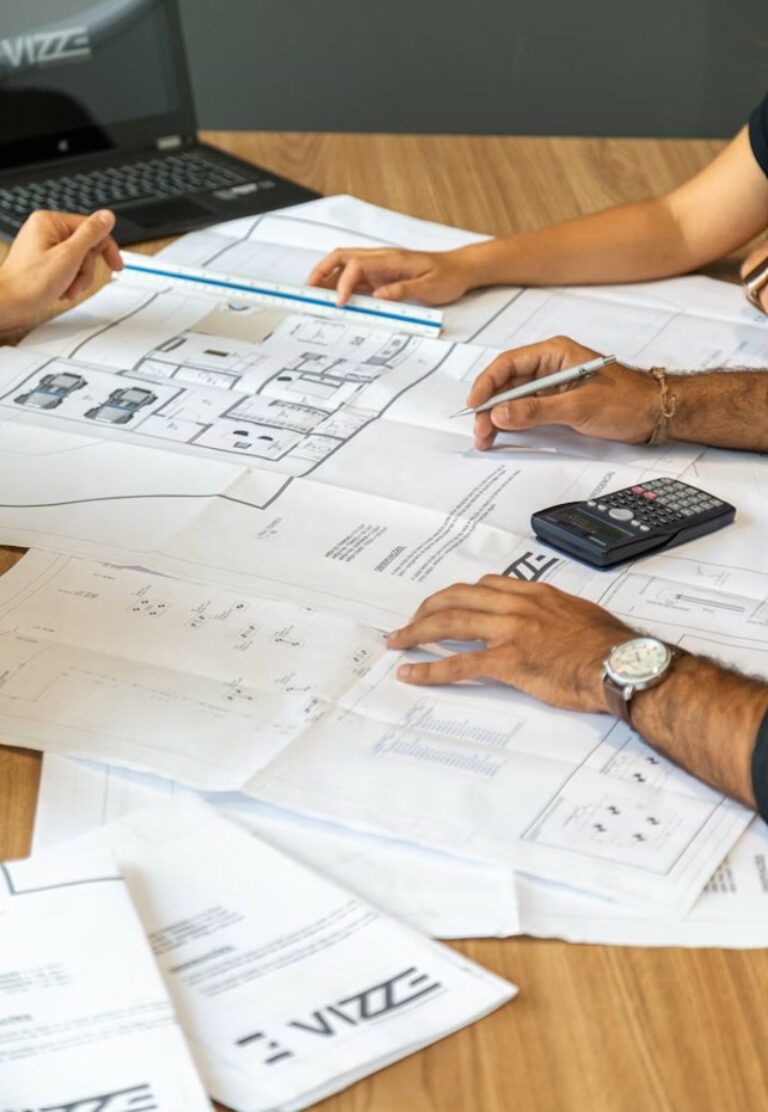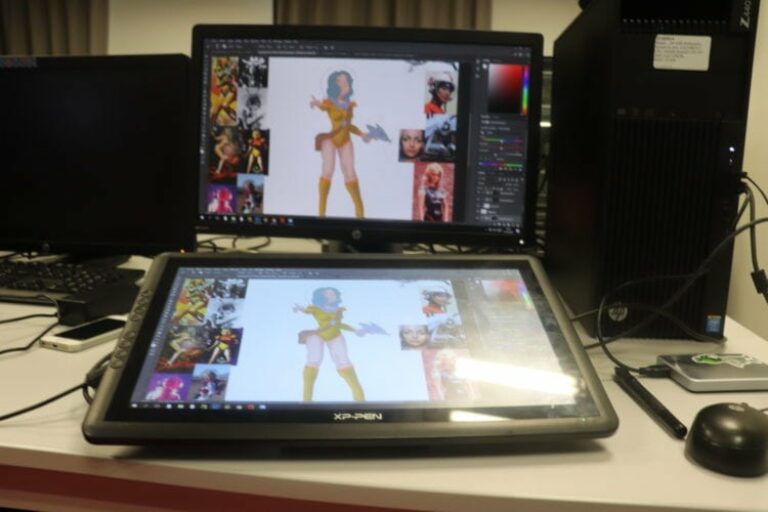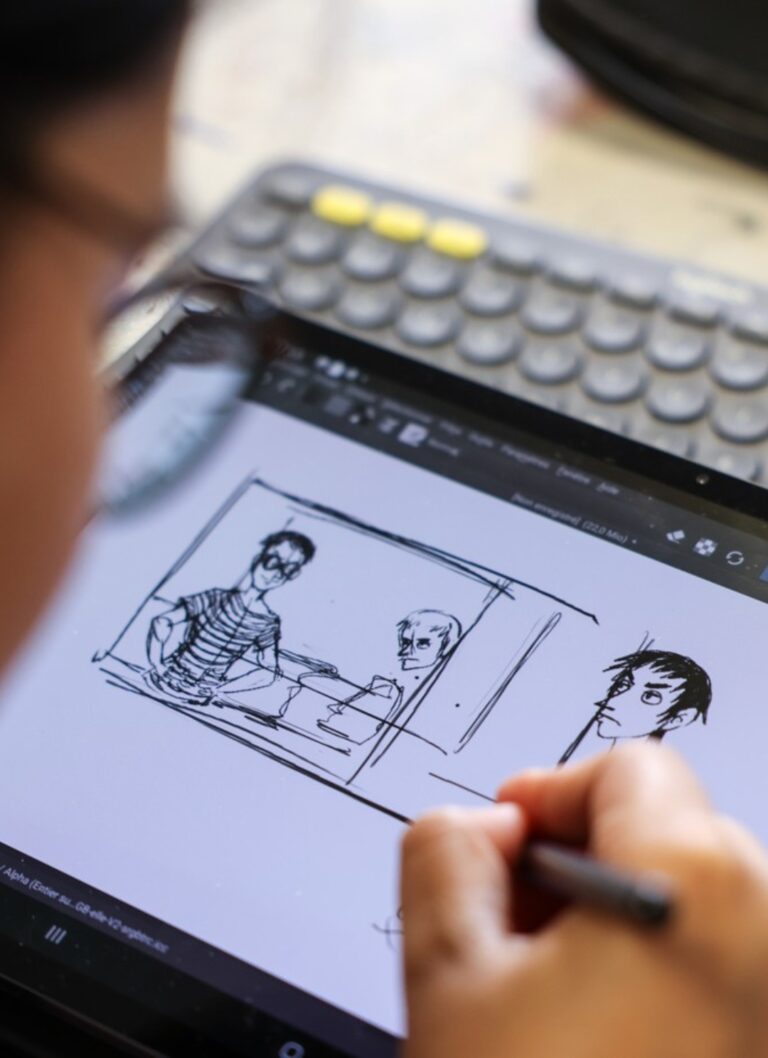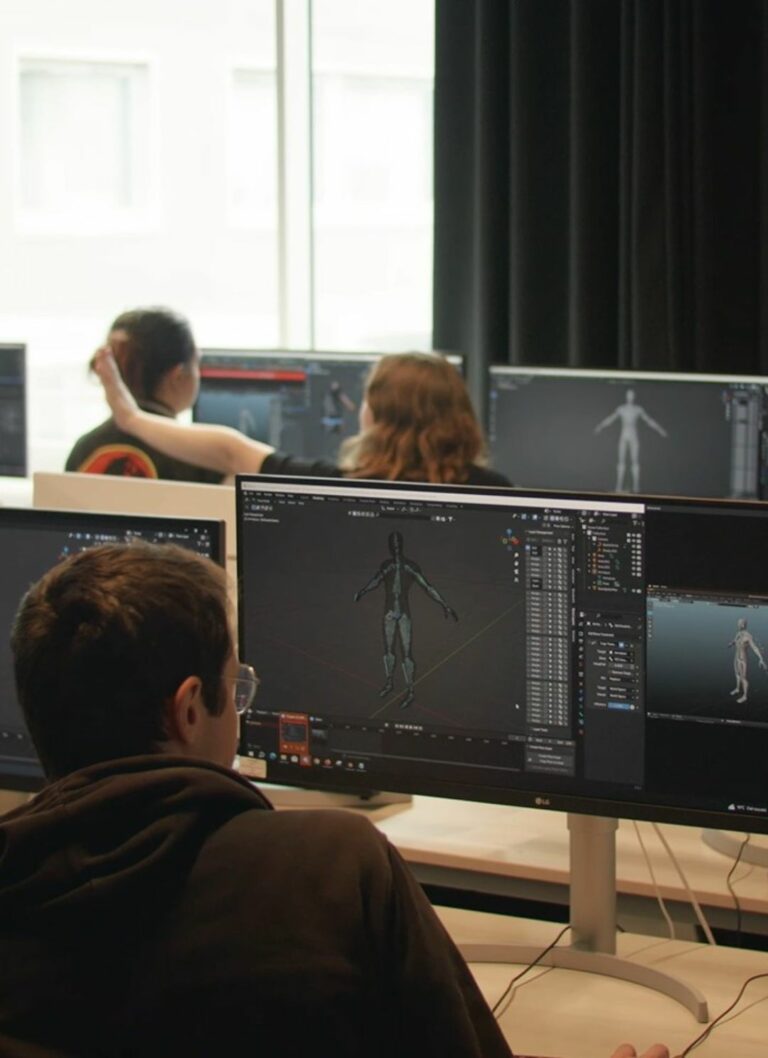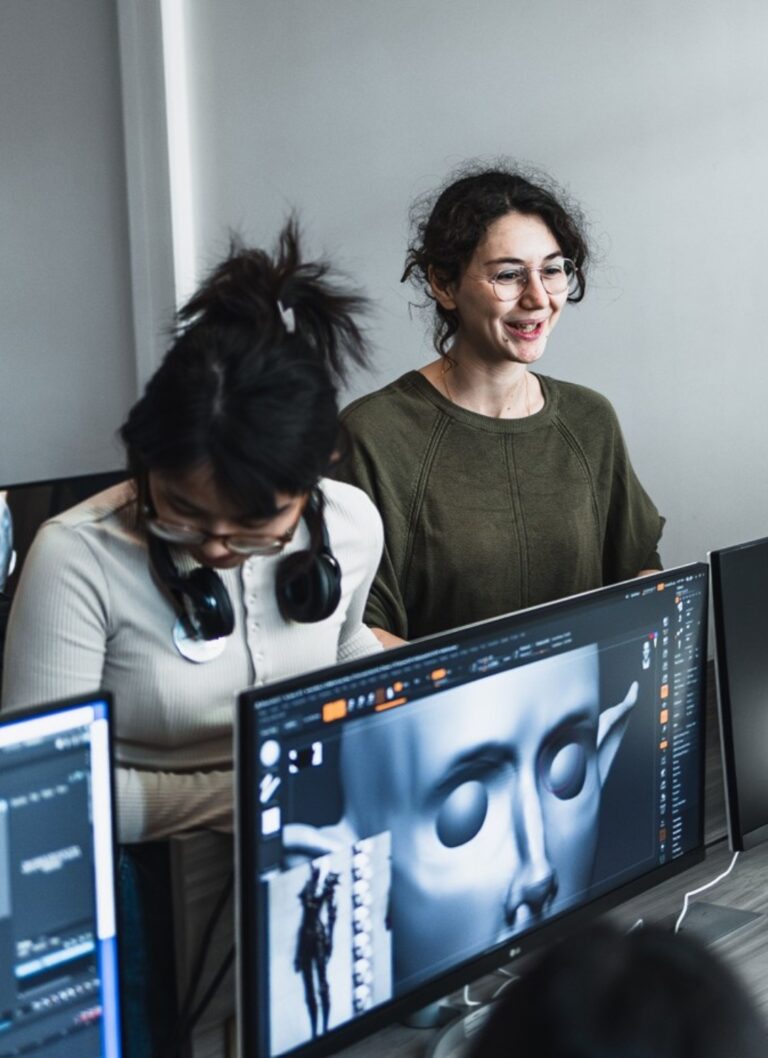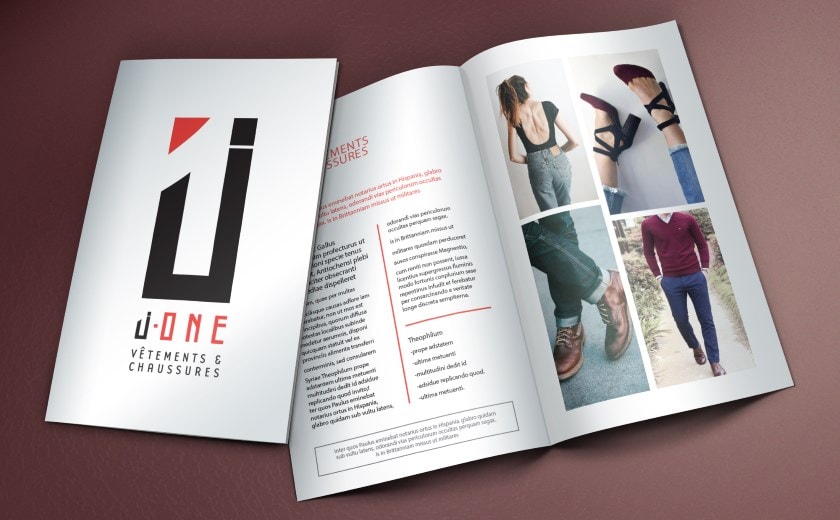
Layout artists are the behind the scenes creators who bring clarity and style to content across media. Whether you’re passionate about magazines, websites, or digital publishing, this career offers both creative freedom and high demand.
A layout artist isn’t just someone who “makes things look nice” They bring structure, clarity, and purpose to information. From typography to white space, their role blends creativity with precision. As media becomes more visual and fast paced, demand for skilled layout professionals continues to grow.
In this guide, we’ll break down exactly what layout artists do, the tools they use, what skills you’ll need, and how to start or level up your career. Whether you’re just curious or ready to dive in, this is your roadmap.
What does a Layout Artist do?
A layout artist is responsible for arranging visual elements such as text, images, graphics into cohesive designs that are both functional and appealing. Whether for a newspaper, brochure, eBook, website, or advertising campaign, the layout artist ensures that the content flows clearly and looks professional.
They aren’t just following templates. Layout artists collaborate closely with editors, art directors, and marketing teams to craft layouts that match a brand’s identity and serve the purpose of the content.
Common projects ayout Artists work on:
- Editorial layouts (magazines, newspapers)
- Marketing materials (flyers, posters, brochures)
- Digital content (web pages, email newsletters)
- Branding (style guides, business presentations)
- Publishing (books, catalogs, ebooks)
In today’s visual world, their job is more essential than ever.
Skills needed to become a Layout artist
Becoming a great layout artist is about more than just knowing design software. It requires a sharp eye, clear communication, and the ability to turn information into visual clarity.
Key Skills:
- Visual composition: Understanding how to balance elements and guide the reader’s eye.
- Typography knowledge: Knowing how to use fonts effectively for hierarchy and style.
- Color theory: Choosing color palettes that fit the message and brand.
- Attention to detail: Every margin, pixel, and alignment matters.
- Creative thinking: Bringing originality while sticking to brand or editorial guidelines.
- Adaptability: Being able to switch between print and digital formats with ease.
- Collaboration: Working alongside editors, marketers, and other creatives.
Tools & Software Layout Artists use
Most of a layout artist’s work happens on-screen using design software. While creativity starts with ideas, execution depends on mastering the right tools.
Essential software:
- Adobe InDesign : The industry standard for print and editorial layout.
- Adobe Illustrator : For creating vector-based illustrations and icons.
- Adobe Photoshop : Image editing, retouching, and graphics.
Layout artist salary
Layout Artist salaries grow with experience, specialization, and the type of work they take on. Beginners usually start with modest ranges, while experienced designers and freelancers can earn significantly more as they handle larger projects , Here is a general overview:
- Entry–Level: up to ~$55,000 per year
- Mid–Level: $68,000~ per year
- Senior: $80,000–$94,000+ per year
- Freelance: $35–$60+ per hour depending on project and experience
How to become a layout artist (Step by Step)
If you’re just getting started, here’s a simple path to follow:
- Learn the basics: Study design principles (balance, contrast, hierarchy).
- Master your tools: Focus on Adobe InDesign and Illustrator first.
- Build a portfolio: Start with personal or student projects. Show variety.
- Get Feedback: Join online design communities or take part in critiques.
- Intern or freelance: Gain real-world experience by working with clients or studios.
- Stay updated: Trends and tools evolve never stop learning.
Career growth opportunities
Layout artists can grow in many directions based on interests and experience. Some stick closely to editorial design, while others transition into digital or branding roles.
Potential career moves:
• Art Director
• UX/UI Designer
• Creative Director
• Brand Strategist
• Freelance Consultant
Frequently asked questions
What’s the difference between a layout artist and a graphic designer?
A Graphic designer may create the overall concept, while the layout artist focuses on structuring the content and visuals into final deliverables.
Do layout artists work only in print?
No. Many work on websites, email newsletters, social media graphics, and eBooks especially in digital first agencies.
Can layout artists work remotely?
Absolutely… Many freelancers and remote team members build successful careers from anywhere in the world.
